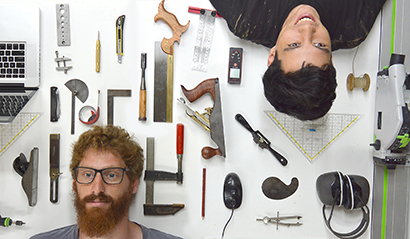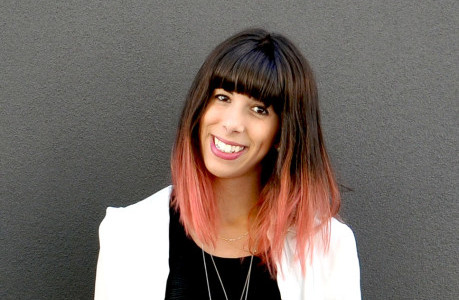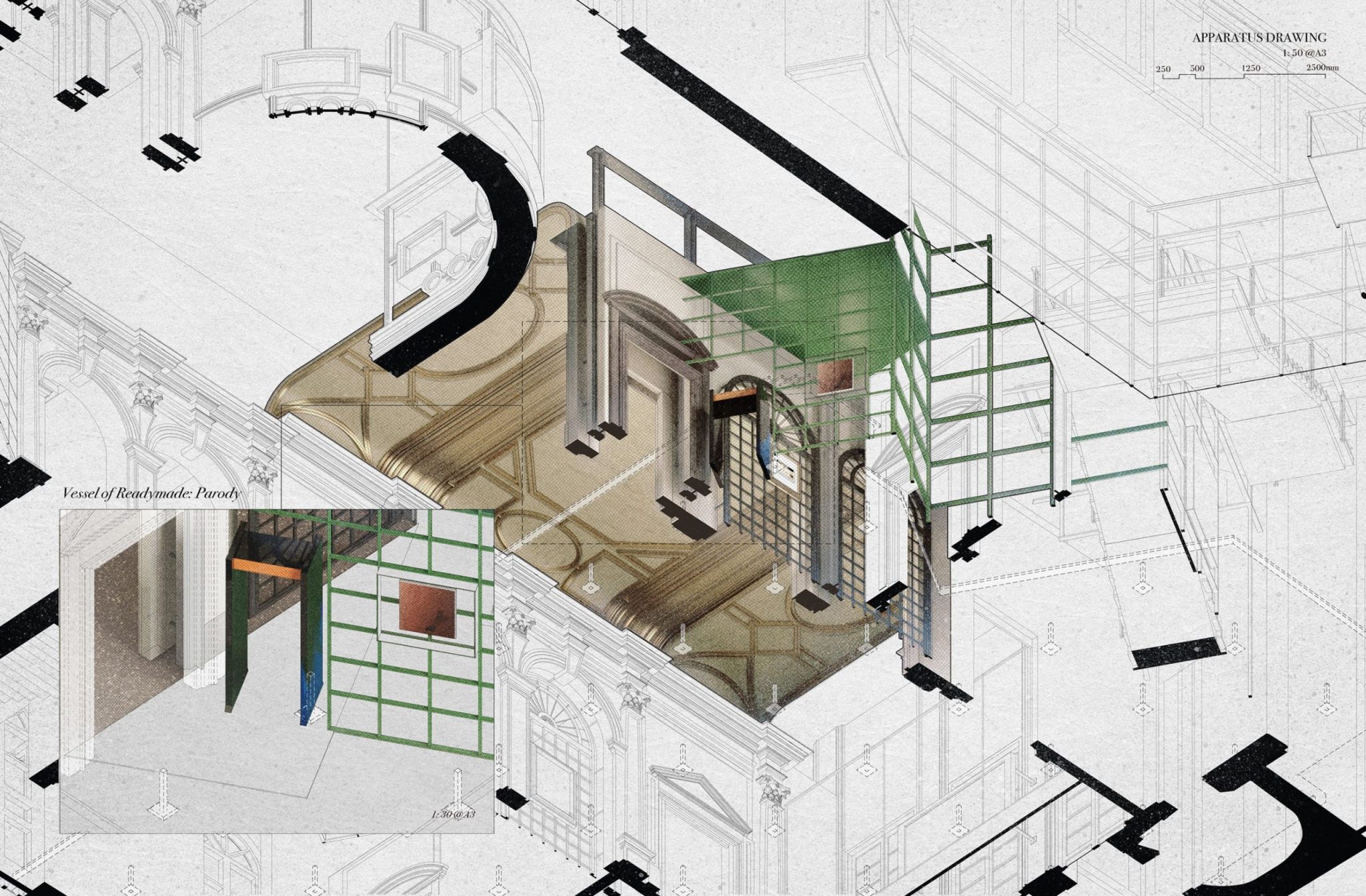
Melbourne University architecture students build neonatal centre in Papua New Guinea
Melbourne University architecture students build neonatal centre in Papua New Guinea
Share
A group of architecture students from Melbourne University have designed and built a much needed neonatal centre in Papua New Guinea.
Issues of poor hygiene and infrastructure plague the developing nation and contribute to increased mortality rates among infants in PNG.
Funded in tandem by the Australian High Commission Papua New Guinea’s Direct Aid Program and the University of Melbourne’s Bower Studio, the $60,000 project has established a targeted care facility for the remote Suanum community, on PNG’s northern coast.
The features of the building that are most effective in preventing the spread of disease would be taken for granted in the Western world; the fact that the centre will have composting toilets and give on demand access to clean running water is a key aspect of the improved treatment conditions.
Under the guidance of Dr David O’Brien from the University of Melbourne’s Faculty of Architecture, Building and Planning, the students took a hands-on design approach, focusing heavily on community engagement and the needs of the Suanum people.
“This was a unique opportunity for the Master of Architecture students to enhance their design and consultation skills. The Suanum community of almost 100 people has no health facilities available to them within a three-hour radius.
“Like all coastal communities, Suanum is also at risk from rising sea levels. The traditional pit toilets flood during high tides, spreading human waste throughout the community,” said Dr O’Brien.
Devastatingly, prenatal complications are the greatest cause of mortality in PNG. Infant deaths occur a staggering 47 times per 1000 live births in PNG, as compared to three in 1000 in Australia.
The students and researchers of Melbourne University’s Bower Studio have aided in the improvement of living conditions for Indigenous communities in Australia, Thailand and Papua New Guinea since 2008. The team continues to collaborate and design built solutions to pressing issues in underdeveloped regions.
You Might also Like



















